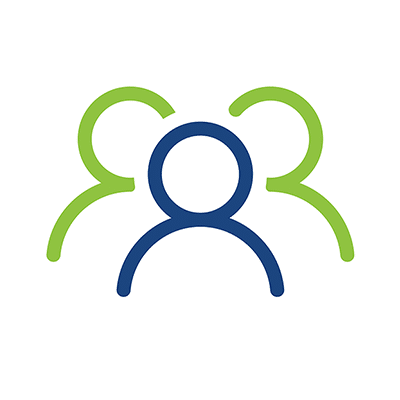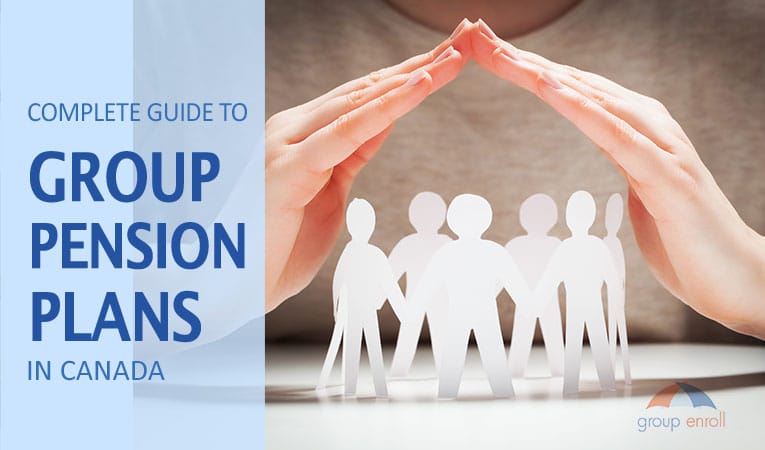In addition to most group benefits plans, an add on, or extra benefit is the EAP (Employee Assistance Program). In the wake of COVID-19 mental health is on the rise and EAP can help with coping mechanisms on a variety of different levels.
Table of Contents
What Is an Employee Assistance Program?
An employee assistance program (EAP) is a confidential service that helps employees deal with personal issues that may affect their work performance. It focuses on providing short-term counselling via access to the relevant professionals.
Some of the issues that EAPs address include:
- Substance abuse
- Family violence
- Relationship difficulties
- Job stress
- Financial difficulties
- Legal concerns
- Personal difficulties
- Childcare or parenting challenges
- Eldercare difficulties
- Unbalanced life and work
- Retirement/layoffs
EAPs can promote health and wellness programs and advice on long-term illnesses and disabilities. Since EAPs are available to all employees, some will also provide support to managers and supervisors.
EAP Benefits
Implementing an EAP in the workplace offers huge benefits to employers and employees. Mental health issues and job stress dramatically affect employee performance, and helping employees cope can lead to greater productivity and increased morale.
Since EAPs cover such a wide array of problems and provide support to family members, they’re an attractive offering to any employee. Many people may know that they need help but don’t have the resources or time to access it, leading to worsening outcomes. Having on-site access to vetted professionals can mean the difference between a happy employee and one who leaves the company due to burnout.
Many companies have an EAP in place but find that very few employees use it or even know about it. Like any other workplace program, it’s important to provide the necessary information and training about the program to ensure that everyone knows about it.
Companies will often work in conjunction with the EAP provider to successfully implement and execute the program in the workplace.
EAPs rely on several factors to provide a successful service. These include:
- A strict confidentiality policy
- Availability to all employees and managers and their immediate families
- Buy-in from top management, unions, and employees
- Formal and informal referral procedures
- Promotion to increase the visibility of the EAP in the workplace
- Education and training on how to access the EAP
- Regular reassessment of the EAP to ensure it is meeting employee and employer requirements
How Do Employees Use an EAP?
The EAP design focuses on providing confidential, rapid help. Employees will have ready access to the EAP number, which they can contact at any time. The number directs to a referral agent, who can be someone within the organization or from the provider’s company.
These referral agents are familiar with local community resources, including mental, social, financial, and legal services. They’ll identify the employee’s concerns and refer them to the correct service. The referral agent will also decide whether the provider can provide the necessary assistance or whether the situation needs an outside resource (substance abuse programs, psychiatric care, etc.).
The employee will typically schedule a session within a set timeframe, usually 24 to 48 hours after the call. However, the referral agent also has the power to expedite the interview in the event of an emergency.
While the EAP can provide most services, it may sometimes need to refer the employee to an outside service. That’s why it’s vital to have some form of group insurance available to employees to help cover the costs of any additional assistance. Offering comprehensive health or life insurance can also be a great incentive to attract new talent to the business while also helping retain your best employees.
Reasons to Invest in an EAP
The line dividing an employee’s personal and professional time has become increasingly blurred, and personal situations can affect an employee’s ability to focus on work.
By helping your employees deal with these concerns in a healthy and productive manner, you can ensure that they’ll carry out their job effectively when they’re on the clock.
High ROI
EAPs aren’t just about providing a feel-good service; they have a financial impact on your business. Tired, depressed, and stressed employees make more mistakes and are more likely to waste company time and resources, affecting business operating costs.
By investing in an EAP, you reduce these costs and improve overall productivity. The result? A potential $4 to $10 return on investment.
Attract Skilled Talent
Skilled professionals are very picky about their potential workplaces. An EAP is an attractive benefit since it adds so much to employee wellbeing. Having an EAP in place shows that your company cares about its workers, which can be enough to sway a talent’s decision to work with your company.
An EAP can also reduce employee turnover due to job stress and other employment-related factors. So, once you’ve attracted the people you want, the EAP will also ensure that they stay with you for the foreseeable future.
Reduce Poor Employee Outcomes
Employee absenteeism dramatically affects productivity and can cost a company thousands of dollars in losses. Employees struggling with mental health concerns or personal problems are more likely to avoid work.
EAPs provide the necessary resources to help employees cope with their concerns. By addressing these issues as fast as possible, the EAP reduces the incidence of absenteeism and poor performance.
Having an EAP in place also improves employee motivation and their perception of their workplace. It can even improve employee health as many physiological conditions like diabetes, coronary heart disease, and cancer are exacerbated by stress, which an EAP addresses.
Choosing the Right EAP Provider
When it comes to providing EAP services to employees, quality matters. A poor EAP program may do more harm than good, especially if employee expectations are high.
It’s the company’s responsibility to choose an EAP provider that’s competent, knowledgeable, and experienced enough to provide employees with the help they need. Many factors will influence your decision, so it’s a good idea to list your needs and expectations of an EAP.
Scope of Services
Every workplace is different, and employees can experience a variety of stressors. It’s vital to have a provider that can address the needs of the employees. Some providers may also offer services you don’t need, which may be an additional cost for something your employees will never use.
While all EAPs will have a core range of services dealing with mental health care, some common add-ons include:
- Stress management
- Manager/supervisor-specific advice
- Crisis support
- Health and wellness programs
- Substance abuse services
Provider Availability
Find out how employees will access the provider. Some will have on-site service, while others use a hotline or referral network. Each provider also has a specific policy regarding returning calls, ranging from 24 to 48 hours.
Some workplaces may require more accessibility past typical business hours, especially those that work with a lot of night or swing shift workers. It’s important to know what services are available during non-typical hours and how many EAP staff members are available during these times.
Education and Training
Employee uptake and buy-in are essential components of a successful EAP. Some EAPs will offer education and training in the workplace before and during the program’s implementation. Some may even offer annual refresher courses or onboarding discussions for new employees to ensure that everyone knows about their presence and availability.
Companies should also inquire about any follow-up or utilization review services. These allow the company and provider to evaluate the program’s success and identify areas that need correction. Providers will also report on several performance metrics. These metrics must accurately reflect the program’s success, such as number and type of referral, aftercare services provided, etc.
Provider Experience
A key component of any EAP is the interaction between consultants and employees. Not only do you have to know how the provider determines their referral sources, but it’s also important to know the number of consultants per worker and their experience, credentials, and education.
How to Motivate Your Employees: Tips for HR Managers
Happy employees are motivated employees. Here are some great ideas you can implement today!
Keep Your Workforce Healthy with Excellent Benefits
Tangible benefits like EAPs, health and dental insurance, and group retirement savings plans are excellent motivators for employees and valuable to employers. A motivated, healthy workforce is more productive, less prone to inefficiency, and more likely to stay on for many years than an unhealthy, unmotivated one.
Finding the right group insurance product can be challenging, as so many options are available on the market. Group Enroll is an online insurance broker that helps companies find their ideal group benefits plans for their employees.
The process starts by filling in an online form and speaking to a broker about what you need from the product. They’ll contact several insurers and compile a portfolio of options and provide recommendations on the best proposal. Alternatively, you can email us at [email protected] or visit our offices at 10 Gulf Drive, Unit 5, Vaughan, ON, L4K 0K7. Get in touch to find out more!








